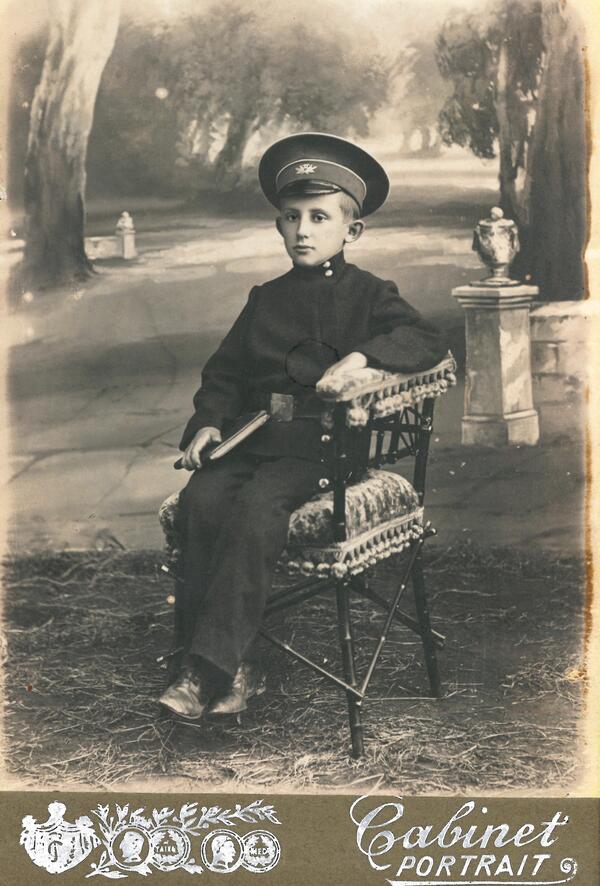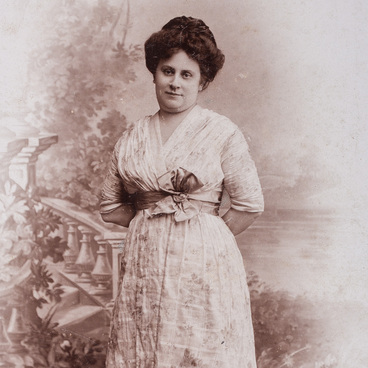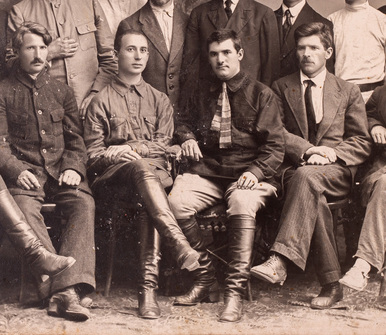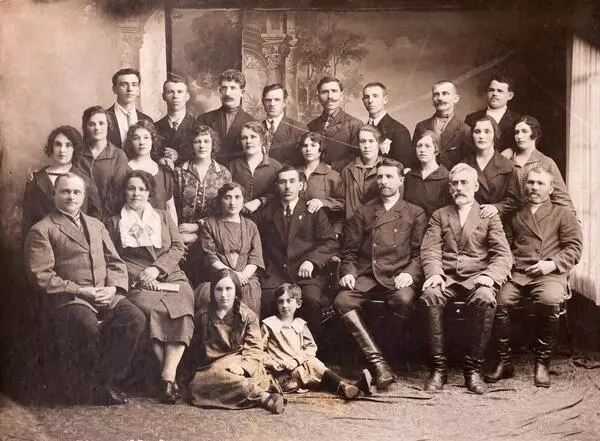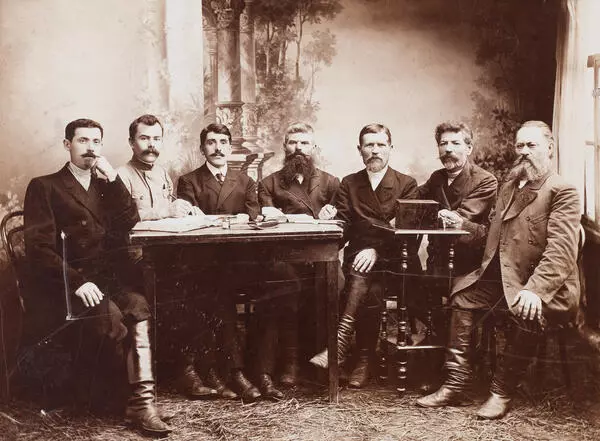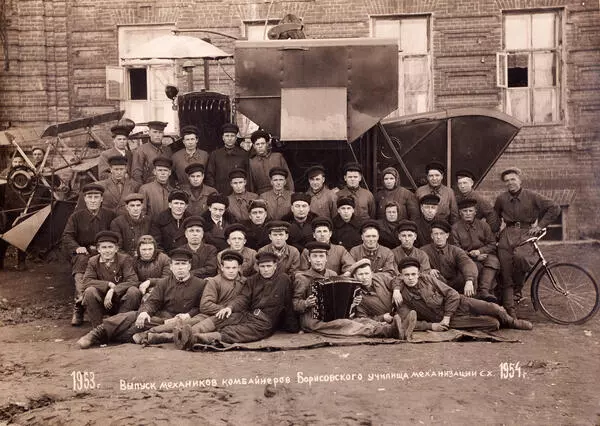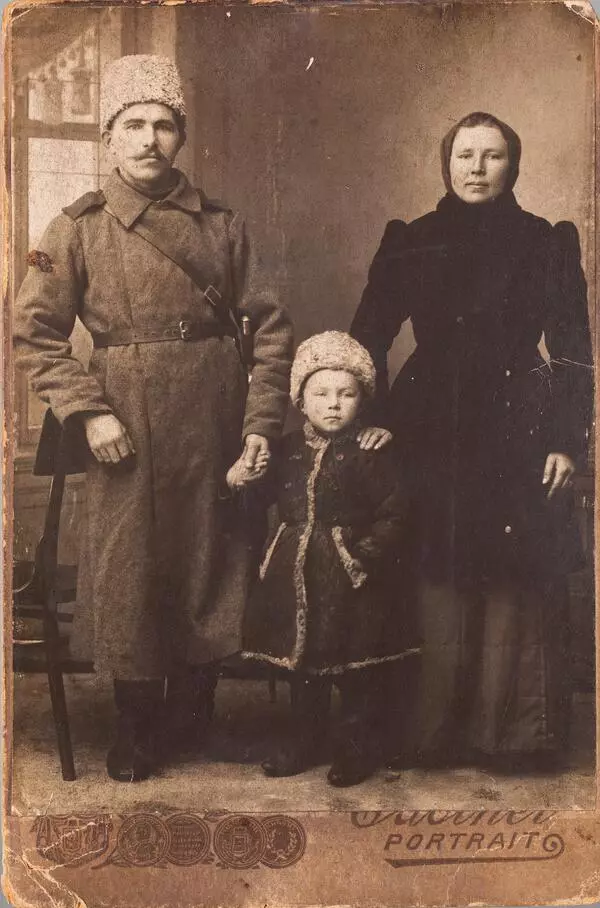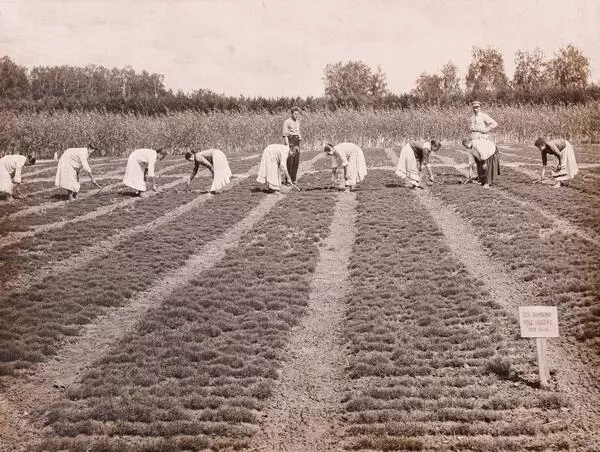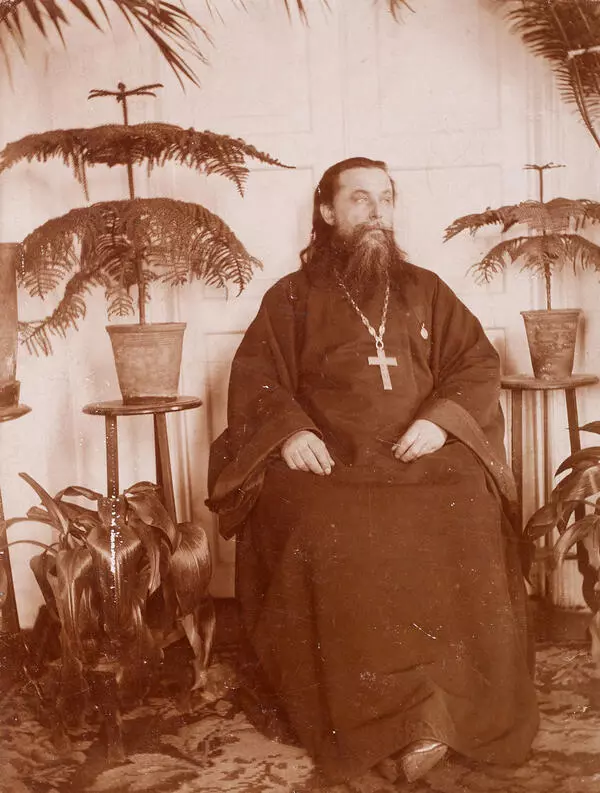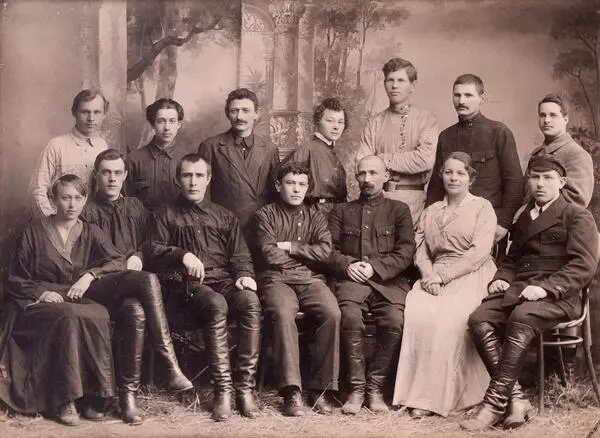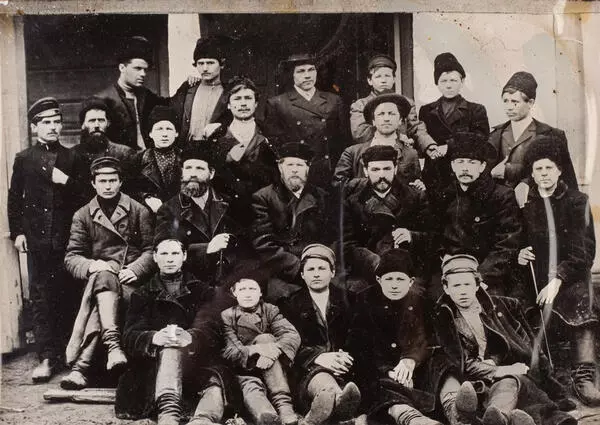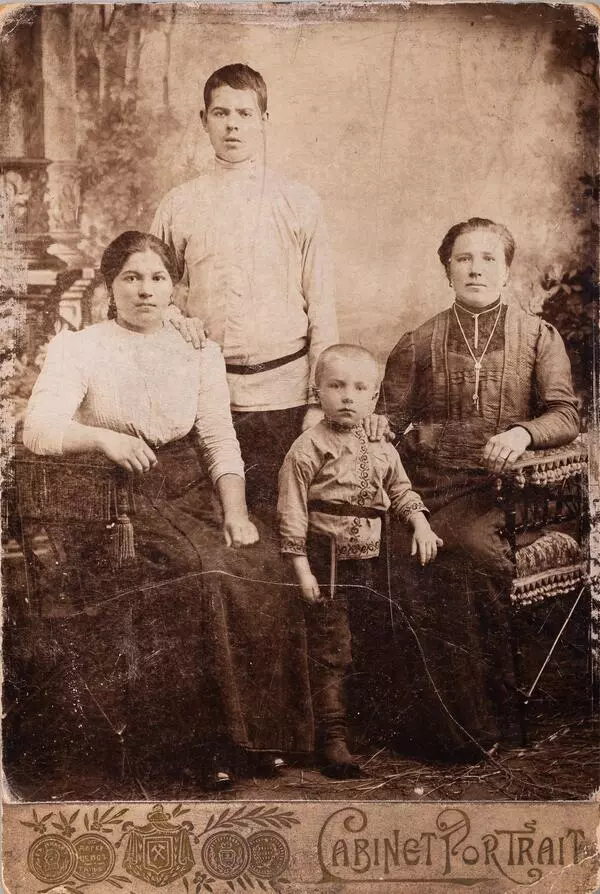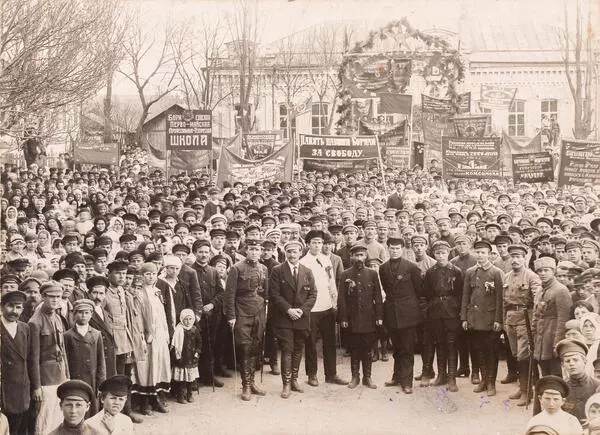By 1911, there were four photo studios in Belgorod, one of which belonged to Grigory Vasilyevich Safontsev. After the photographer’s death in 1954, his workshop was looted; all documents, the legendary camera, and even pictures on which Grigory Vasilyevich himself was captured were lost.
His works became a vivid chronicle of life in Borisovka. Before the Russian Revolution, he took photos of peasants and merchants, artists and priests, and intelligentsia; he preserved for history a photograph of Peter the Great’s house in the Sheremetev estate, the opening of the monument to Alexander II, and views of the surrounding area. Safontsev’s works are kept not only in Borisovka, but also in the Grayvoron Museum.
Artistic portraits of children and adults, group and individual ones, were in particular demand, in which he captured family members or people united by some common cause. Thanks to the signatures on the mats, to which the photographs were glued, the names of some of the portrayed people were preserved.
The name of the boy who posed for the photo presented in the exhibition is also known — Vyacheslav Korenyok. When visiting a photo studio, people tried to dress neatly and smartly, they chose clothes and attributes that indicated their occupation and social status. The hero of this photo is dressed in a gymnasium student’s uniform. Hence, he belonged to a privileged class: in pre-revolutionary Russia, secondary education was available to very few.
For the first time, the introduction of school uniforms was discussed in the early 19th century. In 1834, the “Regulation on Civilian Uniforms” was published, which, in particular, established uniforms for students of institutions subordinate to the Ministry of Public Education. In 1855, 1868, 1896 and 1913, the cut of uniforms changed, but the general style remained the same — semi-military and semi-civilian. It was possible to establish to which specific institution the wearer belonged by the color of caps and gymnastyorkas (smocks), piping, buttons and emblems. The gymnasium student’s uniform, as well as the military one, was supposed to be worn not only “when performing duties”, that is, during school hours, but also at home, on social calls, walks and holidays.
His works became a vivid chronicle of life in Borisovka. Before the Russian Revolution, he took photos of peasants and merchants, artists and priests, and intelligentsia; he preserved for history a photograph of Peter the Great’s house in the Sheremetev estate, the opening of the monument to Alexander II, and views of the surrounding area. Safontsev’s works are kept not only in Borisovka, but also in the Grayvoron Museum.
Artistic portraits of children and adults, group and individual ones, were in particular demand, in which he captured family members or people united by some common cause. Thanks to the signatures on the mats, to which the photographs were glued, the names of some of the portrayed people were preserved.
The name of the boy who posed for the photo presented in the exhibition is also known — Vyacheslav Korenyok. When visiting a photo studio, people tried to dress neatly and smartly, they chose clothes and attributes that indicated their occupation and social status. The hero of this photo is dressed in a gymnasium student’s uniform. Hence, he belonged to a privileged class: in pre-revolutionary Russia, secondary education was available to very few.
For the first time, the introduction of school uniforms was discussed in the early 19th century. In 1834, the “Regulation on Civilian Uniforms” was published, which, in particular, established uniforms for students of institutions subordinate to the Ministry of Public Education. In 1855, 1868, 1896 and 1913, the cut of uniforms changed, but the general style remained the same — semi-military and semi-civilian. It was possible to establish to which specific institution the wearer belonged by the color of caps and gymnastyorkas (smocks), piping, buttons and emblems. The gymnasium student’s uniform, as well as the military one, was supposed to be worn not only “when performing duties”, that is, during school hours, but also at home, on social calls, walks and holidays.

